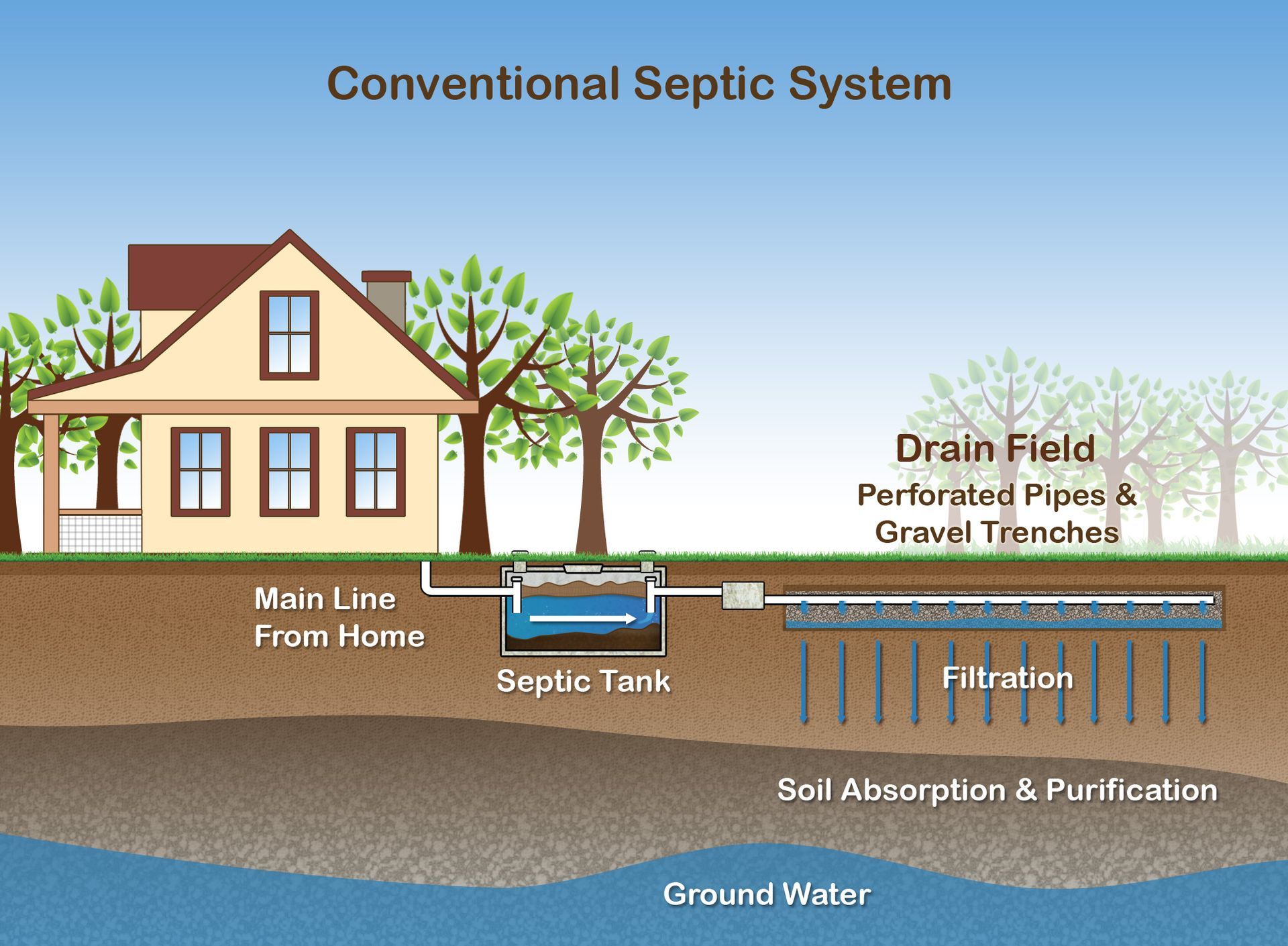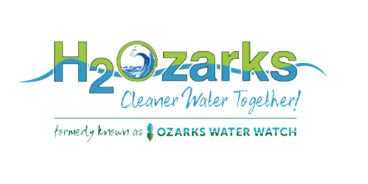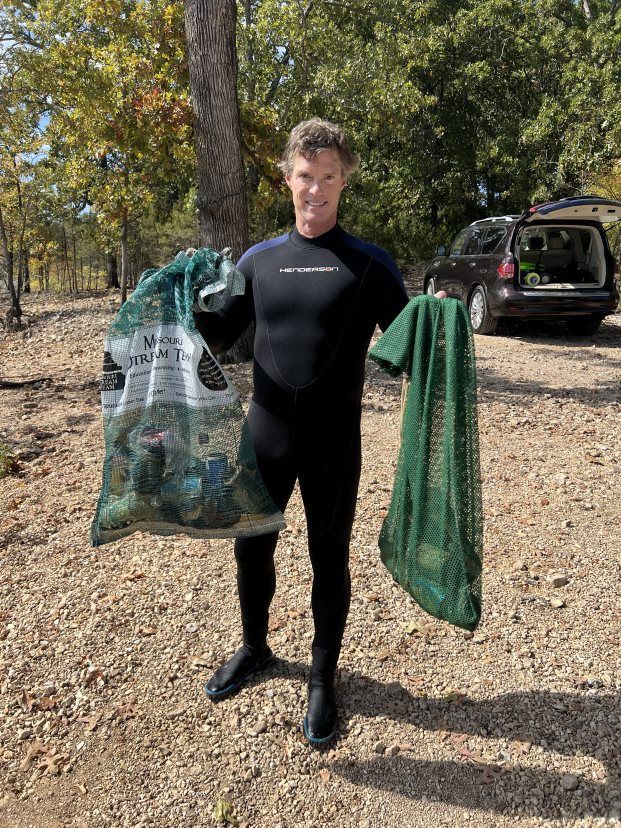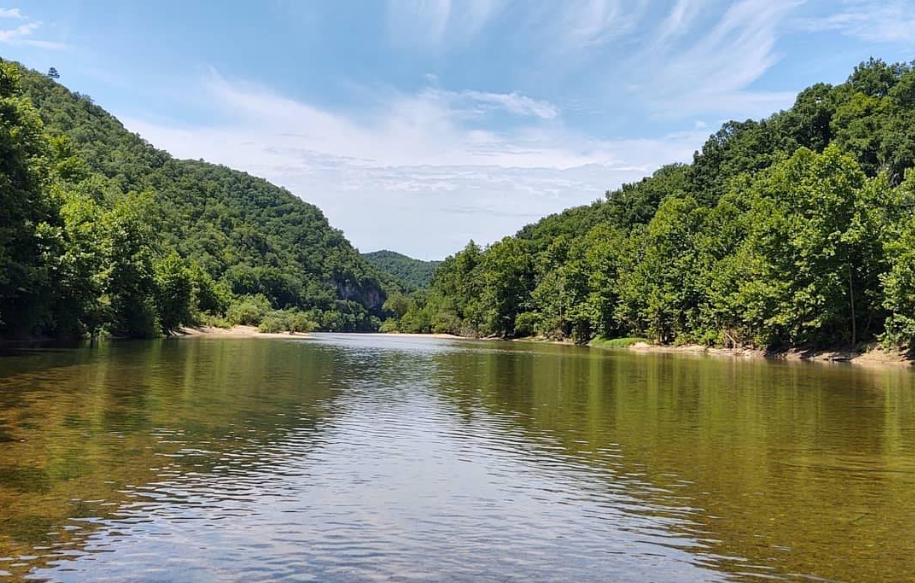
SEPTIC SYSTEM
MANAGEMENT INFORMATION
Cleaner Water Together
Over one in five households in the United States use septic systems to manage the water from their bathtubs, toilets, sinks, and drains. Instead of being connected to city sewer lines, onsite wastewater treatment systems use natural processes to treat water and safely return it to the ground. These systems can be highly efficient—but only if they're taken care of. Many homeowners don't realize that septic systems need care and maintenance to ensure they last their full expected lifespan. Without proper maintenance, septic systems can fail, and untreated wastewater can contaminate the groundwater and become hazardous to human health. At H2Ozarks, we help homeowners take care of their septic systems to protect our communities and water sources alike.
How Do Septic Systems Work?

Septic systems typically function by using natural processes to treat wastewater. Wastewater flows out of your home and into the septic tank. Solids sink to the bottom of the tank, and grease, fats, and other scum float to the top. Bacteria and other microorganisms feed on these materials to break them down. The partially treated wastewater flows out of the tank and into many narrow pipes with holes, or lateral lines, to disperse slowly and evenly across a drainage field. This allows the water to naturally filter through soil, which removes any remaining pollutants before the water seeps back into the groundwater. When everything is working right, you hardly notice your septic system! When it’s not, it can cause smelly, messy, and expensive problems. Luckily, with regular care, septic systems are relatively simple and inexpensive to maintain.
Simple tips to maintain your septic system
- Pump your tank every 3–5 years. This keeps it from being filled up with sludge and solids.
- Only flush toilet paper and human waste. Septic systems cannot break down wipes (even "flushable" wipes), trash, household cleaners, or cooking oils and grease. These items can overload your system and cause it to fail.
- Spread out water use. Too much water at once can overload the system.
- Protect your yard. Don’t drive or park over the drainfield, and avoid planting trees nearby.
For more information about keeping your septic system intact for years to come at the EPA's page on How to Care for Your Septic System.
Downloadable resources for homeowners
Download these printer-friendly materials to keep in your home, rental property, or to give to new homeowners.
- Top 10 Ways to be a Good Septic Owner (EPA)
- Recommended Irrigation Schedulefor Northwest Arkansas Guide (Beaver Water District)
- Printable Rack Card of H2Ozark's Septic Tank Remediation Program, which provides financial assistance to homeowners with failing septic systems.
The United States Environmental Protection Agency (EPA) provides many educational videos, flyers, and articles for homeowners. You can visit their SepticSmart page to find more resources.
Having Trouble with Your Septic System?
We have grant programs that assist homeowners in parts of Arkansas and Missouri to repair or replace failing septic systems.
Find out if you're eligible!






